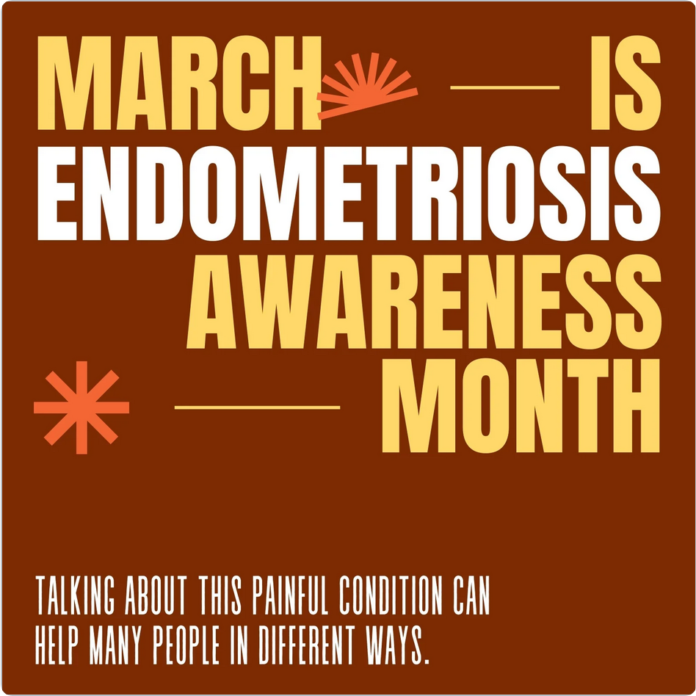By
Newswise — LOS ANGELES– It is one of the most common and painful disorders, affecting more than 6 million women in the United States. Endometriosis is often difficult to diagnose and effectively treat. But Cedars-Sinai experts find patients can now benefit from minimally invasive procedures, medications and integrative medicine.
Endometriosis occurs when cells similar to the uterine lining are found growing in the wrong places, most commonly in the ovaries or fallopian tubes or in the abdominal cavity. Sometimes the errant endometrial tissue can migrate to the bladder, rectum and vagina. More than 11% of women have the disorder, according to the Office on Women’s Health in the U.S. Department of Health and Human Services.
Cedars-Sinai endometriosis experts Matthew Siedhoff, MD, a minimally invasive gynecological surgeon and vice chair, Department of Obstetrics and Gynecology, and Kelly Wright, MD, director of Minimally Invasive Gynecological Surgery, answer some of the most common questions about the condition and offer guidance on finding effective treatment and support for the challenges many women face.
Dr. Siedhoff, what are common, and uncommon, symptoms of endometriosis?
Classic symptoms of endometriosis include pain with periods, noncyclic pelvic pain, pain with intercourse, and infertility. Very painful periods in adolescence can be an early warning sign of the disease, and it is sometimes associated with other symptoms such as vomiting or loose stool. Bowel and bladder dysfunction, migraines, fatigue and pain throughout the body can also be associated with endometriosis. However, some patients are completely asymptomatic, and the condition is diagnosed almost accidentally when it can be seen on imaging done for other reasons, such as an infertility workup.
Dr. Wright, why is endometriosis so difficult to diagnose?
There are no good noninvasive tests for endometriosis, and it doesn’t always show up on imaging studies. Since the condition can present in a variety of ways, patients can be passed from specialist to specialist before it is finally considered as a possible diagnosis. It can then be hard for a patient to find a physician familiar with the nuances and complexities involved in effectively treating the disease. In too many cases, the road from initial symptoms to a diagnosis of endometriosis can take seven to 10 years.
The symptoms of endometriosis, such as pain, sexual dysfunction and infertility, can be difficult to talk about during medical visits. Some providers don’t actively inquire about these symptoms, relying on patients to volunteer them. Sometimes clinicians minimize the symptoms a patient shares telling them that what they are experiencing is normal for a woman. And sometimes they are told that their physical complaints are psychological or all in their head.
Dr. Siedhoff, what are the current best practices for effectively diagnosing and treating endometriosis?
Endometriosis can sometimes be diagnosed by imaging or physical exam, but most of the time, laparoscopic, or minimally invasive, surgery is required to definitively confirm the diagnosis. If a provider suspects endometriosis based on a patient’s clinical presentation, it is perfectly reasonable to start treatment without surgical confirmation. If initial nonsurgical treatments aren’t working, that’s often a sign it’s time to consider surgery.
It’s important that patients see a surgeon with considerable experience in endometriosis surgery. Less experienced surgeons sometimes superficially treat endometriosis lesions by burning them away, a procedure called fulguration. This approach may help the patient a little, but actually cutting out the tissue results in greater pain reduction, decreases the risk the endometriosis will recur and produces better fertility outcomes.
Dr. Wright, is minimally invasive surgical removal of endometriosis a complicated procedure?
Finding how far the disease has spread and removing it often requires working around delicate structures, such as the intestines, kidneys, bladder, blood vessels and nerves. The severity of the patient’s endometriosis—and where the lesions will be found—can be difficult to predict before surgery, so it’s important to have a skilled surgeon prepared to remove the tissue regardless of location. Also, in younger women, the appearance of endometriosis can be subtle and requires an experienced eye to identify it and remove it.
The good news is that minimally invasive gynecological surgery is associated with less postoperative pain, faster recovery and lower infection rates. Our team at Cedars-Sinai is highly experienced and dedicated to improving the health and quality of life for patients who have been suffering with endometriosis.
Dr. Siedhoff, what is the best advice you can give frustrated patients trying to get help and relief?
First of all, don’t give up. There is effective treatment available. Often their condition will be one that is managed rather than cured. It usually takes some time to find the right treatment plan, and it may involve a variety of specialists, including gynecological surgeons, urologists, reproductive endocrinologists, gastroenterologists and integrative medicine specialists. But our patients do improve, and sometimes dramatically.
Endometriosis Patient Resources
Endometriosis can sometimes lead to feelings of isolation, hopelessness and depression. Emotional support and practical strategies for managing endometriosis can help people navigate the anxiety, stress, loneliness and pain. Here are support programs available to Cedars-Sinai patients.
Endometriosis Peer Support Network: Patients can connect directly with volunteers who have had their own extensive endometriosis journeys and understand the emotional, psychological and healthcare challenges women face. For more information, contact Caryn Lindsey, LCSW, at 310-423-2412 or by email at [email protected]. There is no fee.
Endometriosis Support Group: Connect with others who are facing challenges living with an endometriosis diagnosis. Currently, the group meeting is virtual. Register here. The fee is $15.
Empowered Relief (chronic pain management class): A single-session, two-hour class providing patients with in-depth knowledge about chronic pain and effective pain management. Register here. The fee is $30.
Read more on the Cedars-Sinai Blog: You’re Not Alone: Coping With Endometriosis



































